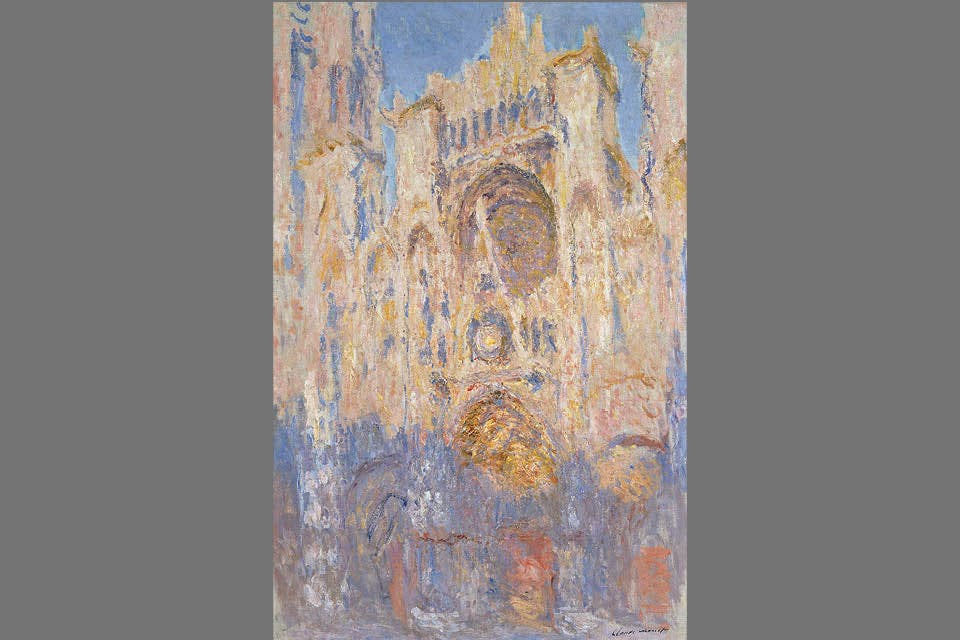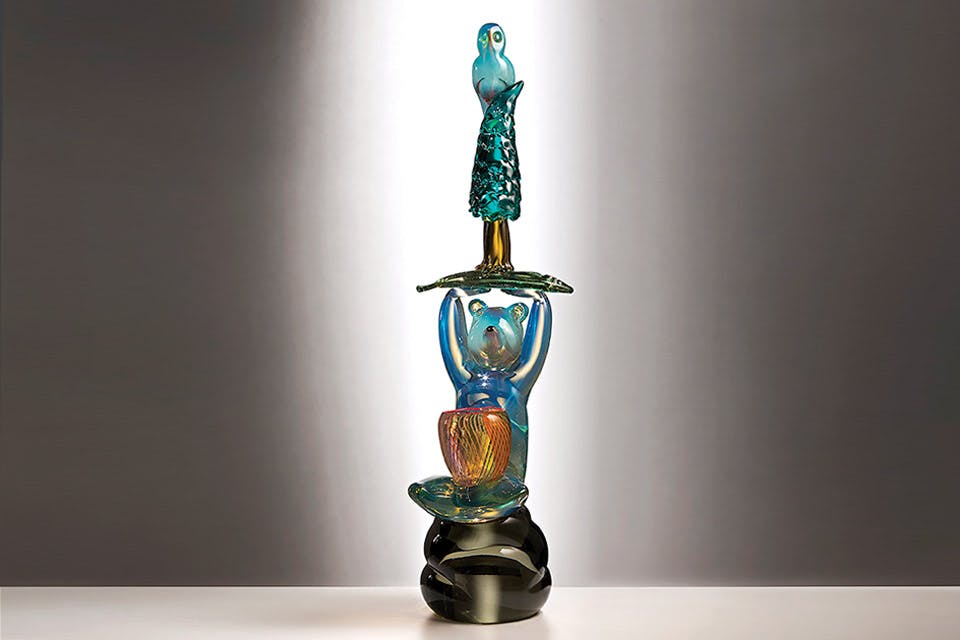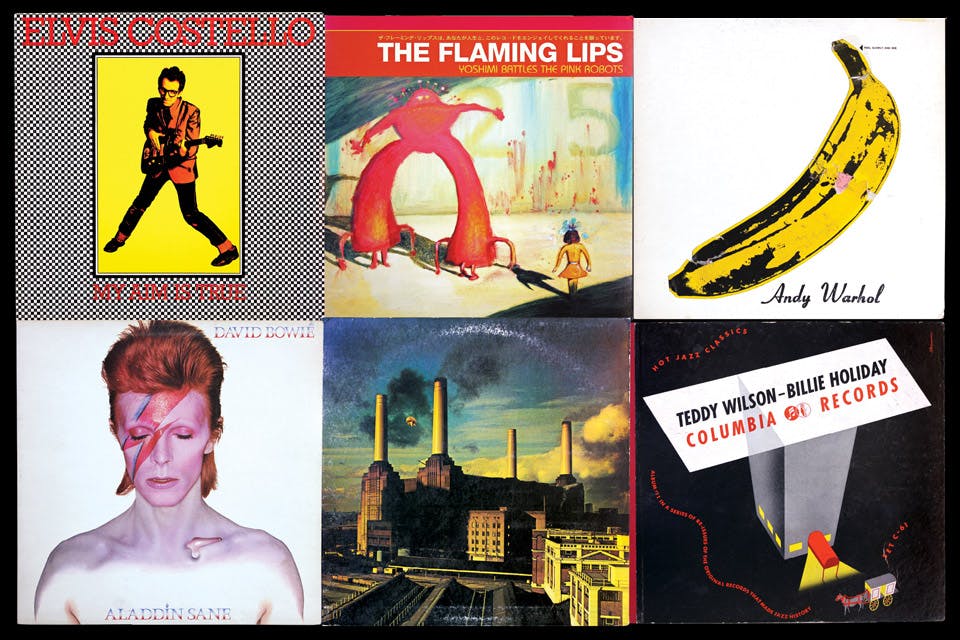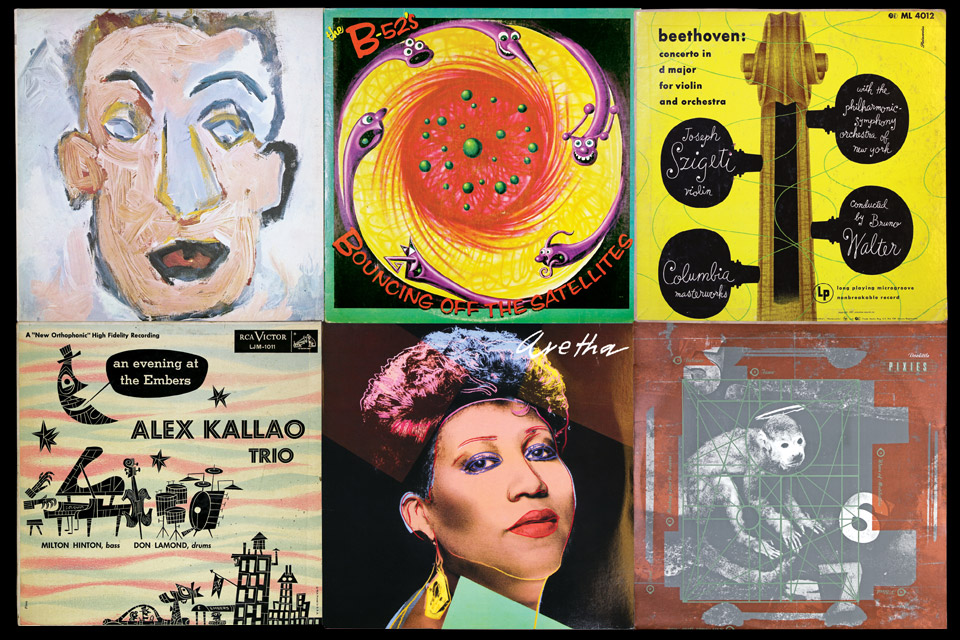Arts
Spin Cycle
The Columbus Museum of Art teams up with Spoonful Records to celebrate the album cover.
Related Articles

See “Monet in Focus” at the Cleveland Museum of Art
This exhibition features five paintings by renowned French impressionist painter Claude Monet that show the various ways he captured light and atmosphere in his work. READ MORE >>

Embrace Winter at Cleveland’s Outdoor Music Festival
Brite Winter began in 2010 as a way to bring northeast Ohioans out for live music and interesting art and has become a February tradition in the city. READ MORE >>

See ‘Clearly Indigenous: Native Visions Reimagined in Glass’ in Cincinnati
Featuring works by 33 contemporary artists, this insightful exhibition is on display at the Cincinnati Art Museum through April 7. READ MORE >>



